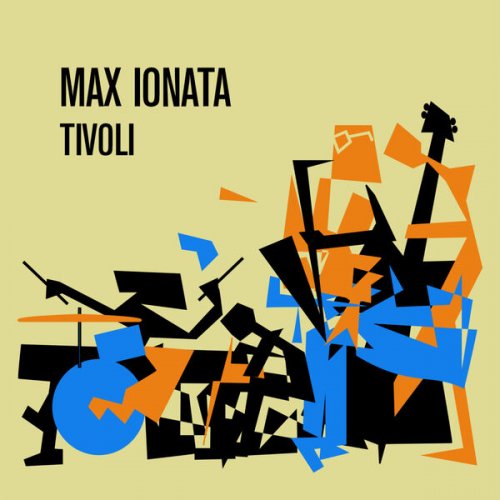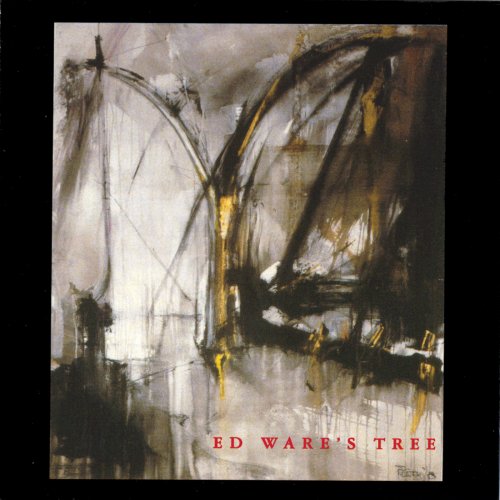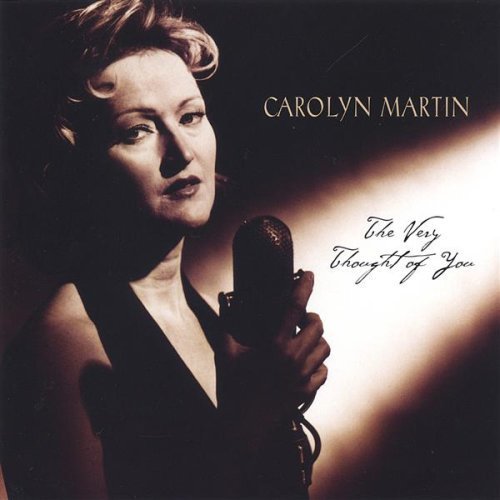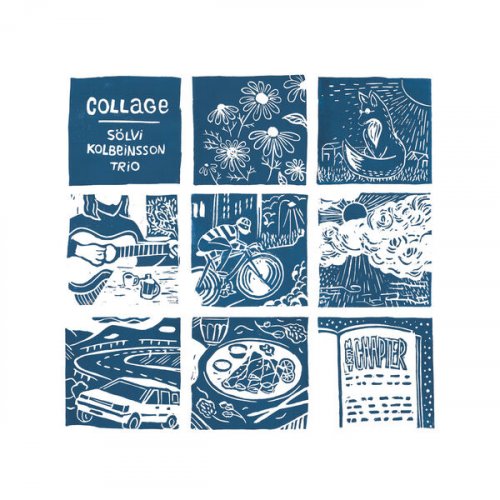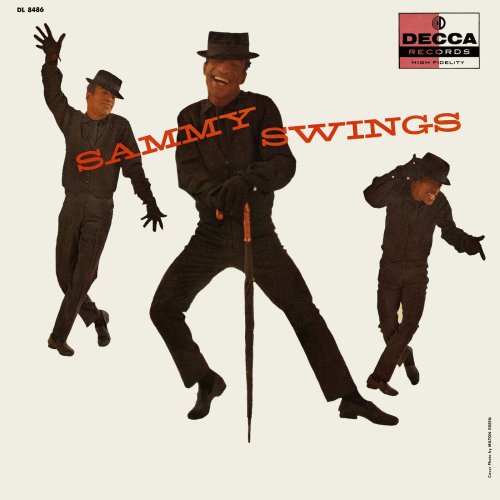Damin Spritzer - Rhapsodies & Elegies: English Romantic Organ Music (2018)

Artist: Damin Spritzer
Title: Rhapsodies & Elegies: English Romantic Organ Music
Year Of Release: 2018
Label: Raven
Genre: Classical
Quality: FLAC (tracks)
Total Time: 1:18:24
Total Size: 295 MB
WebSite: Album Preview
Tracklist:Title: Rhapsodies & Elegies: English Romantic Organ Music
Year Of Release: 2018
Label: Raven
Genre: Classical
Quality: FLAC (tracks)
Total Time: 1:18:24
Total Size: 295 MB
WebSite: Album Preview
1. Damin Spritzer – Psalm Rhapsody "Qui Habitat" (05:08)
2. Damin Spritzer – Rondino, Elegy and Chaconne: Elegy (06:43)
3. Damin Spritzer – First Rhapsody in G Minor, Op. 12 (05:12)
4. Damin Spritzer – Elegy in D-Flat Major (06:32)
5. Damin Spritzer – Rhapsody No. 2 in D Minor (05:56)
6. Damin Spritzer – Elegiac Romance in C Minor (10:43)
7. Damin Spritzer – Elegy in E-Flat Major (04:24)
8. Damin Spritzer – Rhapsody in E Major, Op. 4 (11:53)
9. Damin Spritzer – Rhapsody No. 1 in C Major (04:31)
10. Damin Spritzer – Rhapsody No. 2 in C Minor (03:48)
11. Damin Spritzer – Rhapsody, Op. 17, No. 1 in G Major (08:26)
12. Damin Spritzer – Elegy, Op. 58 (05:01)
Rhapsodies and elegies are highly improvisatory musical outpourings of profound emotion and expressiveness. They defy strict forms and allow both composer and performer free and full range of performance and interpretation. They are free-flowing in structure and feature a broad spectrum of highly contrasting mood, color and tonality. Rhapsodies are typically one-movement works which are episodic yet integrated, often passionate or nostalgic. Though a motive or theme may be woven throughout a rhapsody, an air of spontaneous inspiration makes a rhapsody freer in form than a set of variations and a rhapsody seldom follows the textbook rules of any one musical form. The elegy is a close cousin to the rhapsody and also is intended to be highly expressive and full of emotion and longing. However, elegies are generally more contained or refined in form and are often shorter than rhapsodies. In English literature, an elegy is a poem of serious reflection, often written in remembrance of a tragic loss or event. A work named with the adjective “elegiac” often refers to the expression of similar mournfulness or sorrow. The improvisatory nature of these works coupled with the constantly changing texture and dynamics make them extraordinary vehicles for individual interpretation, and offer the chance to use the full expressive and colorful range of any given organ.
This collection of works was inspired by the organ rhapsodies of Herbert Howells (1892- 1983) though none of them are recorded here. His compositions and organ music are considered to be the pinnacle of the English Romantic era, and the culmination of the tradition of composition inextricably linked to hundreds of years of musical excellence in the Church of England. This program is an exploration of the lesser-known or forgotten organ solo works of the English Romantic era. Many of these composers worked together, studied with the same professors, or were influenced and inspired by each other and in some cases by the same historical events (such as World War I). The works are played on the important instrument of the period: the 1892 “Father” Henry Willis organ at Hereford Cathedral in England.
Two quotes from Herbert Howells perhaps best embody this genre of music: “…in a rhapsodic composition there should be nothing extraneous to the one idea upon which the consciousness has brooded in rapture... the preparation of the background, the emergence of the tune which is the reason of the rhapsody, the elaboration of the brooding background, the fuller version of the tune, the gradual dying down and fading, and the ending of the spell.” And, my personal favorite, which says so very much about Howells, and so very much about this music: “I have composed out of the sheer love of trying to make nice sounds.”
This collection of works was inspired by the organ rhapsodies of Herbert Howells (1892- 1983) though none of them are recorded here. His compositions and organ music are considered to be the pinnacle of the English Romantic era, and the culmination of the tradition of composition inextricably linked to hundreds of years of musical excellence in the Church of England. This program is an exploration of the lesser-known or forgotten organ solo works of the English Romantic era. Many of these composers worked together, studied with the same professors, or were influenced and inspired by each other and in some cases by the same historical events (such as World War I). The works are played on the important instrument of the period: the 1892 “Father” Henry Willis organ at Hereford Cathedral in England.
Two quotes from Herbert Howells perhaps best embody this genre of music: “…in a rhapsodic composition there should be nothing extraneous to the one idea upon which the consciousness has brooded in rapture... the preparation of the background, the emergence of the tune which is the reason of the rhapsody, the elaboration of the brooding background, the fuller version of the tune, the gradual dying down and fading, and the ending of the spell.” And, my personal favorite, which says so very much about Howells, and so very much about this music: “I have composed out of the sheer love of trying to make nice sounds.”
![Sam Most - But Beautiful (2025) [Hi-Res] Sam Most - But Beautiful (2025) [Hi-Res]](https://img.israbox.com/img/2025-12/12/n19esmi2zxvr716zw8citn0dv.jpg)


